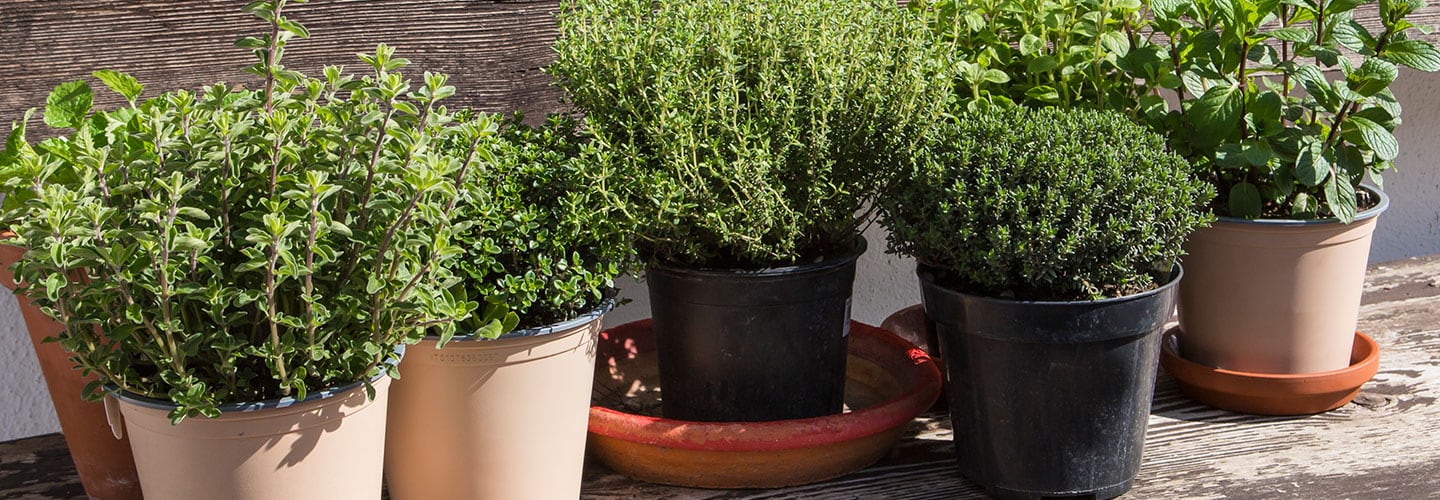As the days begin to become longer and longer, it’s time to get ahead and start planning for planting annuals and beginning a year of beautiful, breathtaking shows of flora. However, depending on what annuals you’re planting, there are a few best practices to follow to maximize your plants’ lives and beauty.
Cool or Warm?
Based on their ability to grow in challenging conditions and temperature shifts, annuals are categorized as either cool- or warm-season. When you head over to your nursery to buy annuals (either as starter plants or seeds), they’ll label them under these guidelines so don’t worry about memorizing plant descriptions before heading out. Don’t pick plants that are yellowing or droopy, you’ll only put yourself at a disadvantage.
If you decide to plant cool-season annuals such as calendula or snapdragons, remember to plant them in very early spring as soon as soil can easily be dug into. Feel free to plant in March (or even earlier if you’re in a mild region of the United States) to allow them to develop strong roots as these plants have the ability to survive a harsh frost.
Adapted to summer heat, warm-season annuals such as marigolds and geraniums are best planted in the late spring or summer. A late frost has the potential to wipe out a warm-season annual if it’s planted too early, so play it safe with these and aim for Memorial Day. If you live in a mild region of the United States, you can probably plant them in early- to mid-spring—again, just make sure the risk of a late-season frost is low.
Whether you’re planting annuals in-ground (eliminate weeds before planting), in containers, or in a raised bed, it’s important to prepare soil before planting to give them the best chance to bloom. For in-ground, prepare the native soil by mixing Beyond Peat™ Organic All-Purpose Garden Soil with it. For containers, fill up to half the pot with Beyond Peat™ Professional Organics Potting Mix, insert the plant, and then fill up the rest with mix. For raised bed planting, make sure you have a layer of gravel at the bottom to aid in drainage, and then fill halfway with Beyond Peat™ Professional Organics Raised Bed Mix, insert plant, and fill the rest with the mix. And once you’re done, soak the soil thoroughly with water!
Starting From Seeds?
If you decided to forgo starter plants, that means you decided to start from seeds. Starting from seeds takes more time and preparation, as you’ll probably need to plant seeds indoors in February or March (follow seed packet instructions for specification germination time). Either with bright, growing lights or a sunny window, seedlings will need as much warmth as possible to start growing. Once the risk of a frost subsides, you can leave seedlings outside to see how they fare until you decide to transplant them to the garden and nourish them with Beyond Peat™ Professional Organics products.
Burning Twice As Bright. Burning Half As Long.
Either with starter plants or seeds, you’ll have to manage annuals throughout the season by adding additional Beyond Peat™ Professional Organics products throughout the summer for nutrition, watering during droughts, and deadheading—helping annuals to bloom beautifully and shine brightly during their short—yet bold—lives.


